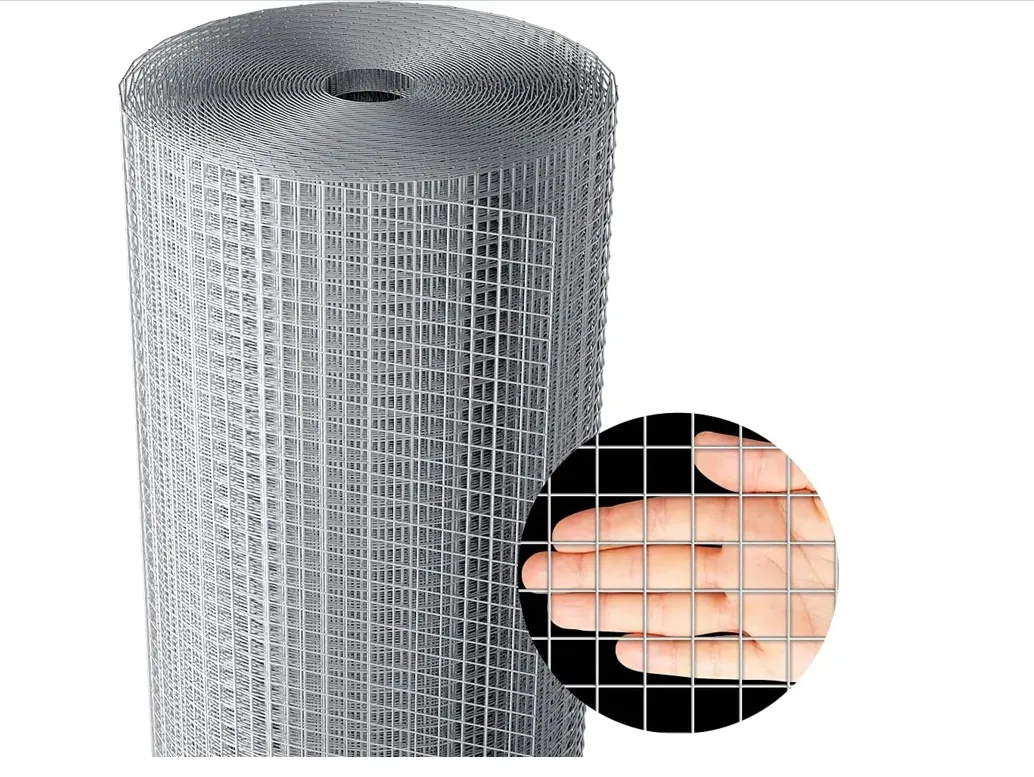-
 Afrikaans
Afrikaans -
 Albanian
Albanian -
 Amharic
Amharic -
 Arabic
Arabic -
 Armenian
Armenian -
 Azerbaijani
Azerbaijani -
 Basque
Basque -
 Belarusian
Belarusian -
 Bengali
Bengali -
 Bosnian
Bosnian -
 Bulgarian
Bulgarian -
 Catalan
Catalan -
 Cebuano
Cebuano -
 China
China -
 Corsican
Corsican -
 Croatian
Croatian -
 Czech
Czech -
 Danish
Danish -
 Dutch
Dutch -
 English
English -
 Esperanto
Esperanto -
 Estonian
Estonian -
 Finnish
Finnish -
 French
French -
 Frisian
Frisian -
 Galician
Galician -
 Georgian
Georgian -
 German
German -
 Greek
Greek -
 Gujarati
Gujarati -
 Haitian Creole
Haitian Creole -
 hausa
hausa -
 hawaiian
hawaiian -
 Hebrew
Hebrew -
 Hindi
Hindi -
 Miao
Miao -
 Hungarian
Hungarian -
 Icelandic
Icelandic -
 igbo
igbo -
 Indonesian
Indonesian -
 irish
irish -
 Italian
Italian -
 Japanese
Japanese -
 Javanese
Javanese -
 Kannada
Kannada -
 kazakh
kazakh -
 Khmer
Khmer -
 Rwandese
Rwandese -
 Korean
Korean -
 Kurdish
Kurdish -
 Kyrgyz
Kyrgyz -
 Lao
Lao -
 Latin
Latin -
 Latvian
Latvian -
 Lithuanian
Lithuanian -
 Luxembourgish
Luxembourgish -
 Macedonian
Macedonian -
 Malgashi
Malgashi -
 Malay
Malay -
 Malayalam
Malayalam -
 Maltese
Maltese -
 Maori
Maori -
 Marathi
Marathi -
 Mongolian
Mongolian -
 Myanmar
Myanmar -
 Nepali
Nepali -
 Norwegian
Norwegian -
 Norwegian
Norwegian -
 Occitan
Occitan -
 Pashto
Pashto -
 Persian
Persian -
 Polish
Polish -
 Portuguese
Portuguese -
 Punjabi
Punjabi -
 Romanian
Romanian -
 Russian
Russian -
 Samoan
Samoan -
 Scottish Gaelic
Scottish Gaelic -
 Serbian
Serbian -
 Sesotho
Sesotho -
 Shona
Shona -
 Sindhi
Sindhi -
 Sinhala
Sinhala -
 Slovak
Slovak -
 Slovenian
Slovenian -
 Somali
Somali -
 Spanish
Spanish -
 Sundanese
Sundanese -
 Swahili
Swahili -
 Swedish
Swedish -
 Tagalog
Tagalog -
 Tajik
Tajik -
 Tamil
Tamil -
 Tatar
Tatar -
 Telugu
Telugu -
 Thai
Thai -
 Turkish
Turkish -
 Turkmen
Turkmen -
 Ukrainian
Ukrainian -
 Urdu
Urdu -
 Uighur
Uighur -
 Uzbek
Uzbek -
 Vietnamese
Vietnamese -
 Welsh
Welsh -
 Bantu
Bantu -
 Yiddish
Yiddish -
 Yoruba
Yoruba -
 Zulu
Zulu
Feb . 13, 2025 10:58
Back to list
agricultural shade netting
Agricultural shade netting has increasingly become a vital component in sustainable farming practices, especially in regions with extreme weather conditions. Farmers across the globe are continuously seeking innovative solutions to protect their crops from adverse environmental impacts while enhancing yield quality. As an expert in the field, this article delves deep into the multifaceted benefits and applications of agricultural shade netting, supported by authentic experiences and authoritative insights.
From an authoritative perspective, numerous agricultural research institutions advocate for the adoption of shade netting as part of integrated pest management strategies. By reducing the necessity for chemical pesticides, shade nets promote a healthier ecosystem and produce cleaner crops, aligning with global trends towards organic farming and environmental preservation. Studies have shown that using shade nets can decrease pesticide usage by up to 30%, leading to substantial cost savings and healthier produce. Real-world applications have demonstrated the versatility of agricultural shade netting beyond conventional crop protection. Livestock farmers have adopted these nets to create comfortable microclimates for animals, leading to improved health and productivity. Furthermore, aquaculture ventures have utilized shade nets to reduce water evaporation and maintain optimal conditions for fish farming. These diverse uses not only underscore the product's adaptability but also its value across various agricultural sectors. The integration of shade netting into modern agriculture is not just about immediate benefits but also about long-term sustainability. As climate change continues to escalate, creating microclimates within agricultural systems will be crucial for sustaining food production. Trust in shade netting is backed by continued advancements in material technology, making these nets more durable, environmentally friendly, and cost-effective, thereby reinforcing their importance in future-ready farming practices. In conclusion, agricultural shade netting is an indispensable tool in contemporary agriculture, offering numerous benefits from protecting crops against environmental stressors to supporting sustainable farming practices. Through expertise, real-world application, and authoritative endorsements, its role in ensuring agricultural resilience and productivity is well-established. Embracing this technology is not just a step towards improving crop yield but also a commitment to a sustainable and secure agricultural future.


From an authoritative perspective, numerous agricultural research institutions advocate for the adoption of shade netting as part of integrated pest management strategies. By reducing the necessity for chemical pesticides, shade nets promote a healthier ecosystem and produce cleaner crops, aligning with global trends towards organic farming and environmental preservation. Studies have shown that using shade nets can decrease pesticide usage by up to 30%, leading to substantial cost savings and healthier produce. Real-world applications have demonstrated the versatility of agricultural shade netting beyond conventional crop protection. Livestock farmers have adopted these nets to create comfortable microclimates for animals, leading to improved health and productivity. Furthermore, aquaculture ventures have utilized shade nets to reduce water evaporation and maintain optimal conditions for fish farming. These diverse uses not only underscore the product's adaptability but also its value across various agricultural sectors. The integration of shade netting into modern agriculture is not just about immediate benefits but also about long-term sustainability. As climate change continues to escalate, creating microclimates within agricultural systems will be crucial for sustaining food production. Trust in shade netting is backed by continued advancements in material technology, making these nets more durable, environmentally friendly, and cost-effective, thereby reinforcing their importance in future-ready farming practices. In conclusion, agricultural shade netting is an indispensable tool in contemporary agriculture, offering numerous benefits from protecting crops against environmental stressors to supporting sustainable farming practices. Through expertise, real-world application, and authoritative endorsements, its role in ensuring agricultural resilience and productivity is well-established. Embracing this technology is not just a step towards improving crop yield but also a commitment to a sustainable and secure agricultural future.
Next:
Latest news
-
Shipping Plastic Bags for Every NeedNewsJul.24,2025
-
Safety Netting: Your Shield in ConstructionNewsJul.24,2025
-
Plastic Mesh Netting for Everyday UseNewsJul.24,2025
-
Nylon Netting for Every UseNewsJul.24,2025
-
Mesh Breeder Box for Fish TanksNewsJul.24,2025
-
Expanded Steel Mesh Offers Durable VersatilityNewsJul.24,2025











